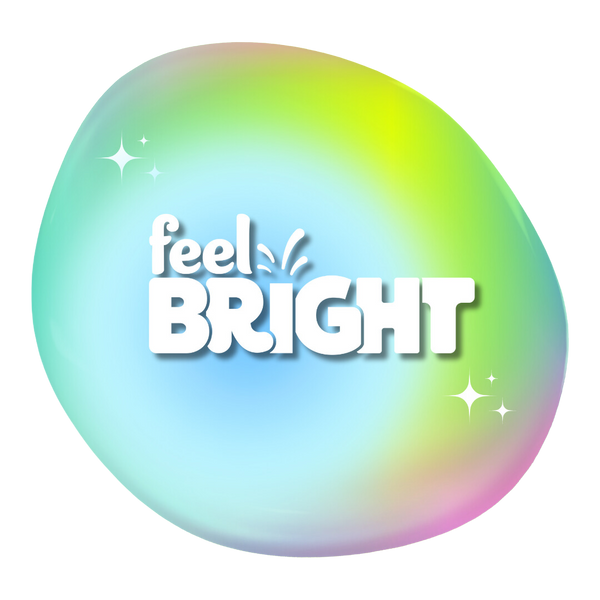Have you ever wondered how geologists determine the hardness of minerals or why diamonds are so tough?
The Mohs scale of mineral hardness provides a simple yet effective way to measure and compare the hardness of different minerals. Let's delve into this fascinating scale and explore what it can teach us about the natural world.
The concept of hardness, in the context of minerals, refers to the resistance of a mineral to scratching. Friedrich Mohs , a German mineralogist, developed the Mohs scale in 1812. The scale consists of 10 minerals, each with a different hardness level, ranging from the softest (1) to the hardest (10).
Here's a closer look at some of the key minerals on the Mohs scale:

- Talc (Hardness: 1): Talc is the softest mineral on the scale and can be easily scratched with a fingernail. It is commonly used in talcum powder.
- Gypsum (Hardness: 2): Gypsum is slightly harder than talc and can be scratched with a fingernail. It is often used in plaster and drywall.
- Calcite (Hardness: 3): Calcite is a relatively soft mineral that can be scratched with a copper coin. It is found in limestone and marble.
- Fluorite (Hardness: 4): Fluorite is a colorful mineral that can be scratched with a knife blade. It is used in jewelry and carvings.
- Apatite (Hardness: 5): Apatite is a mineral that is similar in hardness to tooth enamel. It is commonly found in phosphate rocks.
- Orthoclase Feldspar (Hardness: 6): Orthoclase feldspar is a mineral used in ceramics and glassmaking. It can be scratched with a steel file.
- Quartz (Hardness: 7): Quartz is a hard mineral that is commonly found in many types of rocks. It can scratch glass.
- Topaz (Hardness: 8): Topaz is a hard, durable mineral that is often used in jewelry. It can scratch quartz.
- Corundum (Hardness: 9): Corundum is a mineral that is used to make rubies and sapphires. It can scratch topaz.
- Diamond (Hardness: 10): Diamond is the hardest mineral on the Mohs scale and can only be scratched by another diamond. It is used in jewelry and cutting tools.
Understanding the Mohs scale can help us appreciate the remarkable diversity and resilience of minerals. It also provides valuable insights into the geological processes that shape our planet.
Whether you're a budding geologist or simply curious about the natural world, the Mohs scale offers a fascinating glimpse into the science of mineralogy.
Stay Vibrant ,
Jamie Hillocks


